Dove Springs Food Pantry Brings Hope to Southeast Austin Food Desert
*This story was co-published as part of a partnership between Latine news and culture site Austin Vida and Austin PBS’ Decibel, a community journalism project currently reporting on housing issues in Dove Springs. *
For years, Roman Duran has volunteered to hand out food to hundreds of people every Saturday before taking home any leftover canned goods and produce from the Impact Now Dove Springs pantry.
These days, there isn’t much.
“There are times when we don’t have enough food for everyone,” Duran said in Spanish while lugging onions into boxes on a hot Saturday morning this summer. “The lines for food here have changed drastically over the past few years.”
Roman Duran volunteers at the INDS food pantry every Saturday
David Horning, the executive director of the Impact Now Dove Springs pantry in Southeast Austin, said when he started at the food pantry nearly a decade ago as a volunteer, the demand for food was much lower. Within the last two years, he was hired on full time and immediately saw a need for more assistance.
Dove Springs, a predominantly Latino neighborhood, is considered a food desert. The only large chain grocery store in the area is an H-E-B near the neighborhood's far western edge at the intersection of William Cannon Drive and IH-35, miles from parts of Dove Springs.
Of the more than 48,000 residents in the Dove Springs area, well over half speak a language other than English, according to a strengths and needs assessment conducted by the City of Austin Community Youth Development program.
The same assessment stated that while 13% of these residents live below the national poverty level, 78% are employed. This means that even for those Latino residents who work, there are thousands who still cannot afford to feed their families.
Experts said finding food is especially difficult during the summer months when it costs more to cool homes, parents need to pay extra for their children’s daycare or camps, and food isn’t readily available at all schools.
Yessenia Alvarado is among the Dove Springs residents who shows up early to secure food from the pantry.
Food Scarcity in Travis County
The line at the Dove Springs food pantry grew from about 50 families several years ago to more than 200 today, volunteers said.
Horning said the demand for food has grown exponentially the last several years due to COVID and rising grocery prices. He said he remembers a time when pantry volunteers had to look for families to give food to, rather than not having enough for those in line.
Now he’s forced to purchase food in addition to donations to ensure all families have some food to take home.
In Travis County alone, the number of people who were food insecure last year was about 178,000, said Sari Vatske, President and CEO of the Central Texas Food Bank, the chief supplier to the Dove Springs pantry. She said that number is expected to surpass 208,000 this year.
Pallets of food are loaded onto a truck at the Central Texas Food Bank. Food insecurity in Travis County has increased since last year.
Officials from the food bank also said that one in five children in Travis County are affected by food insecurity and Texas is currently ranked second in the country with the highest rates of food insecurity.
“Unfortunately, we are anticipating this to continue,” Vatske said.
Food insecurity among Black or Latino individuals across the country is higher than white individuals in more than nine out of 10 counties with comparable data, according to a 2022 report from Feeding America, a nationwide network of food pantries, food banks, and meal programs. The report stated that the disparities are “an example of how historical, social, economic, and environmental factors have disadvantaged many communities of color, creating barriers to food security.”
Horning said about 85 to 90% of the people who come to the Dove Springs food pantry to receive food are Latino.
On a recent Saturday at the food pantry, 220 families either drove through or walked up to receive fresh mangos, jalapeños, onions, ground pork, drumsticks, and a variety of canned or dry items. About 15 volunteers worked in the heat, preparing the boxes of food as more than 30 cars lined up at least an hour before the pantry opened.
For many, the food distribution is a beacon of hope to get through the week.
“It’s always challenging for us to find food,” said Refugio Estrada, 74, who has been coming to the Dove Springs pantry for years. “Everything is so expensive right now.”
Estrada, who only speaks Spanish, lives less than a few miles from the pantry and doesn’t have a car. He and his wife take the city bus to the pantry and back home. More than 30 people do the same thing each Saturday.
Yessenia Alvarado waited in the car line, arriving early to ensure a box of food. She came to Texas six months ago from Venezuela, where political turmoil has led to a lack of essential goods and people being able to purchase them.
“This is a little grain of help that will help us advance (in life),” Alvarado, 40, said in Spanish. “If this wasn’t here, I would have to travel for about two hours to get help somewhere else.” She said traffic makes the trip longer and more expensive, given the high gas prices.
David Horning, executive director at the Impact Now Dove Springs Food Pantry, speaks to people in line.
Summer Turns up the Heat
“I definitely hear lots of stories of families struggling to buy food, including myself,” Horning said. “During the summer, I am spending an extra $300-400 a week on cans of food or things to supplement what we are not getting from the (Central Texas) food bank.”
The food pantry does however receive donations from local churches to help cover the cost.
The Central Texas Food Bank receives most of its funding from the federal government to purchase food to give out to partners like the Dove Springs pantry. But Vatske said that like the Dove Springs pantry, the Central Texas Food Bank is also forced to spend additional funds on food due to reductions from the federal government. For the food bank, that's more than $1 million per month, which Vatske said is not sustainable.
“We do see less donations (at the Central Texas Food Bank) during the summer,” Vatske said. “At the same time, most people go out of town so retailers adjust their inventory levels for that.”
Summertime is a “triple threat” for families: access to free and reduced meals at schools is limited, the cost of cooling a home increases, and the cost of daycare is a factor, said Vatske.
The Austin Independent School District offered summer meals this year, as it often does. According to district officials, schools in the Dove Springs area offered breakfast and lunch to any children under the age of 18 and enrolled students with disabilities up to 21 years of age. The schools that participated this year were Uphaus Early Childhood Center, Houston and Widen Elementaries, and Mendez Middle School.
The Impact Now Dove Springs Pantry has seen a spike in residents needing food in the last few years
Community Lifts Each Other
Michelle Arendall and her son, Beckham, enjoy volunteering at the Dove Springs food pantry. While they volunteer at other organizations together, this one is significant because Michelle grew up food insecure.
“Being able to give back to people at the same point where I once was just means so much,” Arendall said. “(Beckham) has not had to live through what I did, but it’s important for him to learn that even if we aren’t in a bad spot, someone else is, and we can always help.”
Horning said more than half of his volunteers who hand out food, were once in line to receive food at the Dove Springs pantry. They saw that more support was needed because of the increasing lines, and they offered to help.
"For too long, Southeast Austin has relied on itself to fill gaps left by underinvestment," said Council Member Vanessa Fuentes, who represents Dove Springs among other District 2 neighborhoods. "While our community’s various food access initiatives showcase our strength and unity, we need larger-scale investments." As the city grows, she said she's committed to "prioritizing healthy, convenient, and affordable food options for all."
In the meantime, as temperatures rose at the food pantry on a recent Saturday, a few volunteers encouraged Duran to sit down indoors for some relief from the heat.
“I just like to help my community,” Duran said, shrugging and taking a break from the August heat. “I know what it’s like to need food.”
More Resources: How to help: INDS Food Pantry Where to get help: INDS Food Pantry, Central Texas Food Bank To learn more about food scarcity in Texas: Feeding America Map
Community journalism doesn’t happen without community support.
Got story ideas, advice on how we can improve our reporting or just want to know more about what we do? Reach out to us at news@klru.org.
And if you value this type of reporting, then please consider making a donation to Austin PBS. Your gift makes the quality journalism done by the Decibel team possible. Thank you for your contribution.
More in Health:
See all Health posts
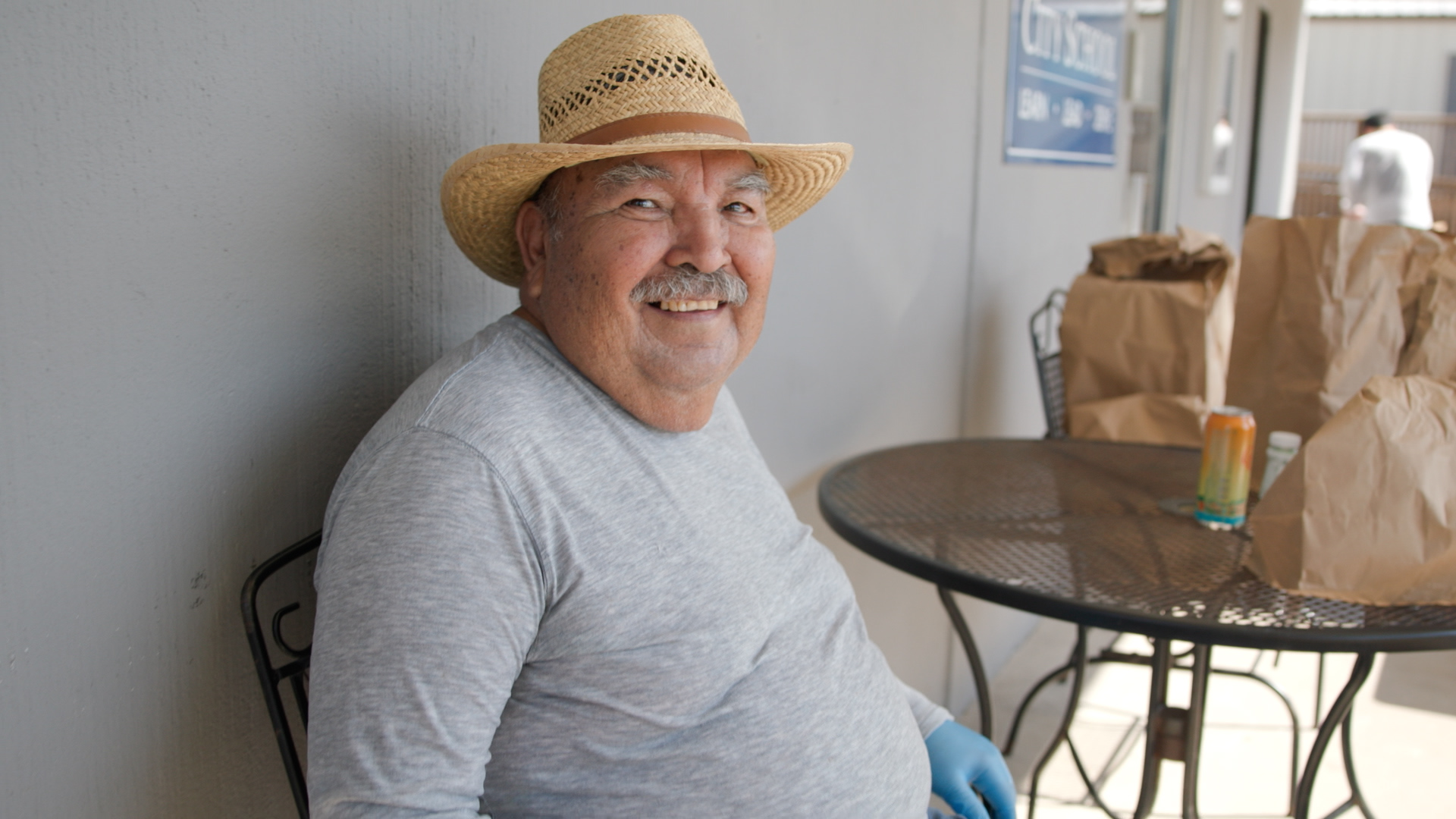
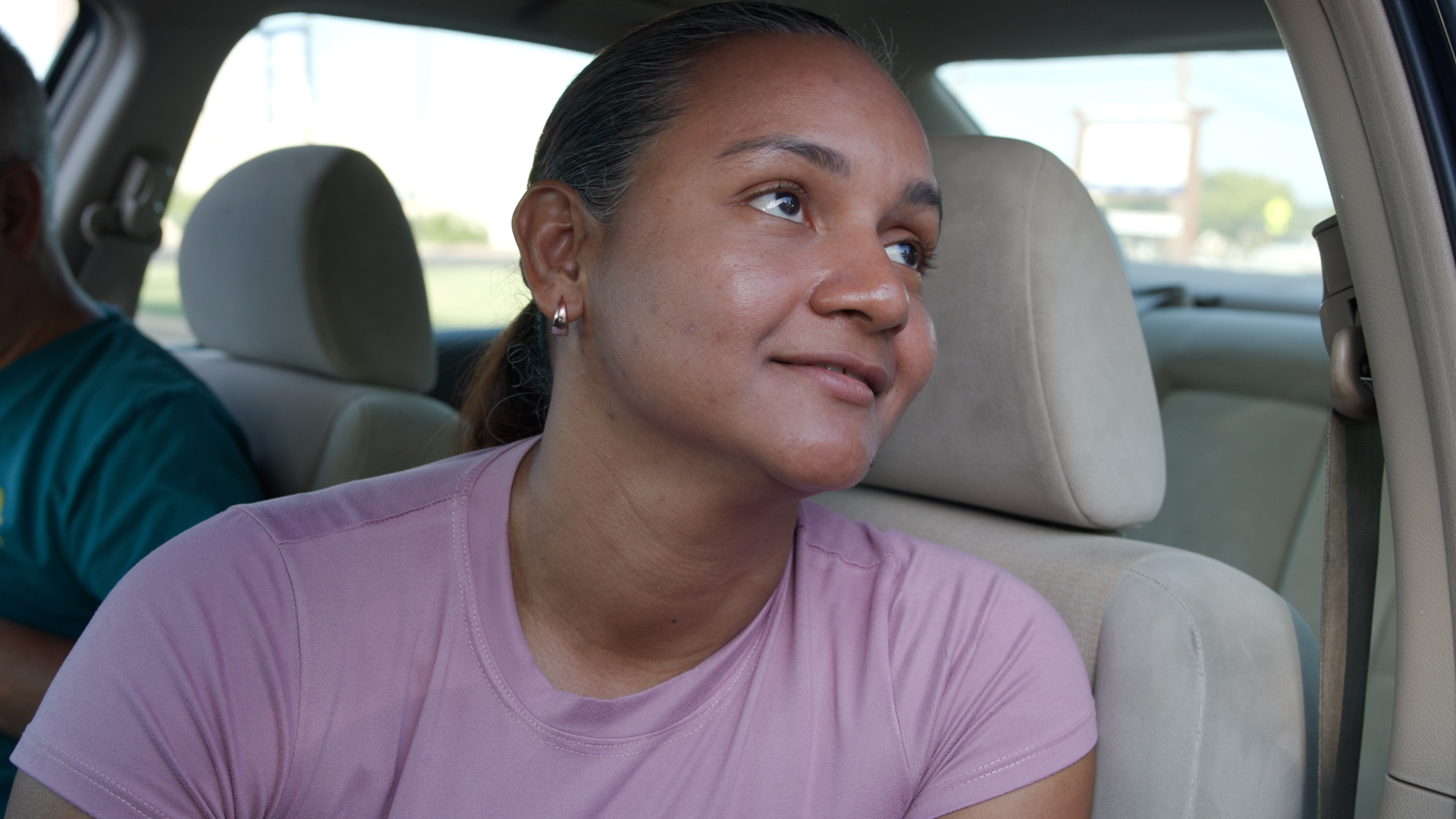
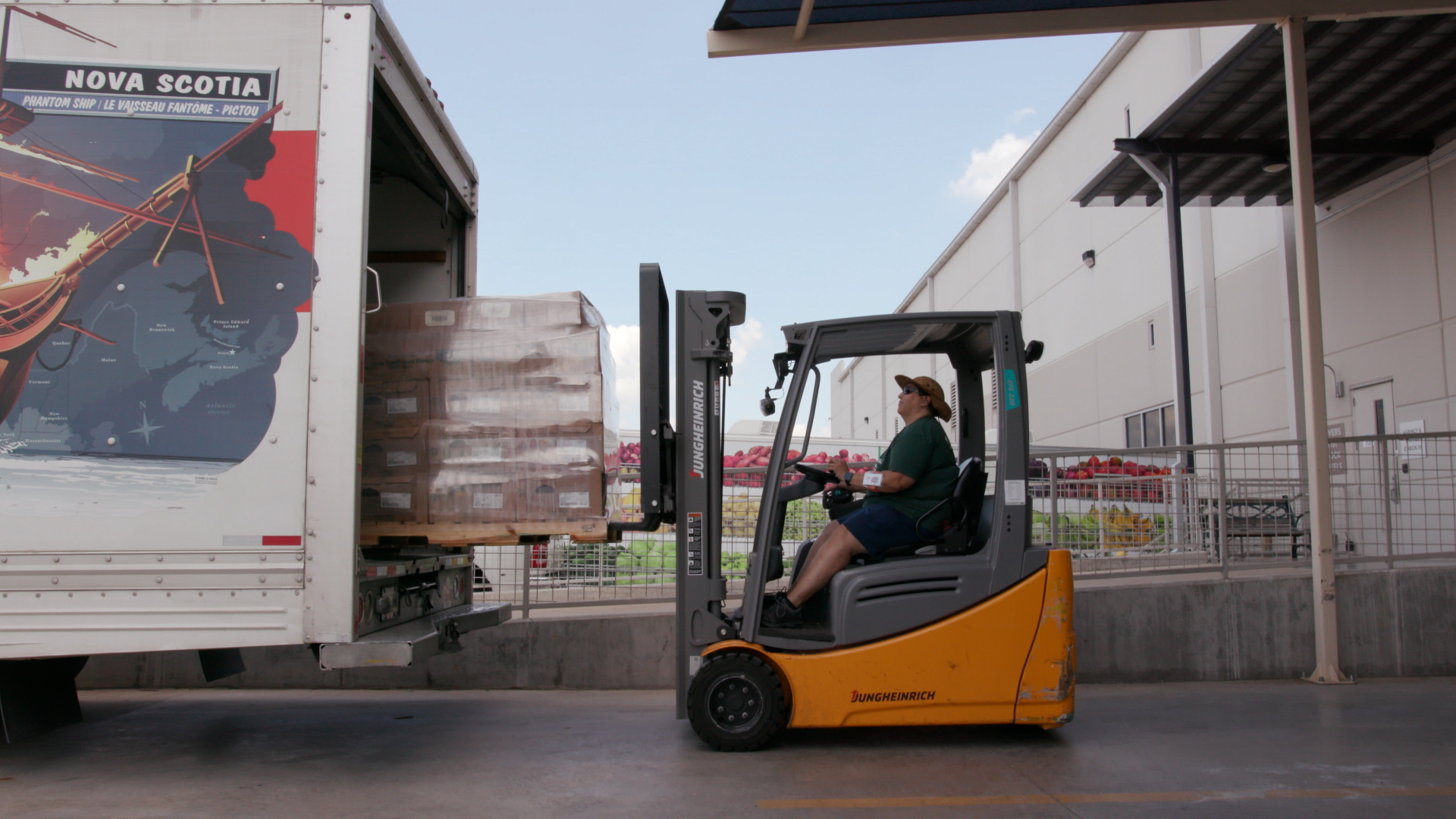
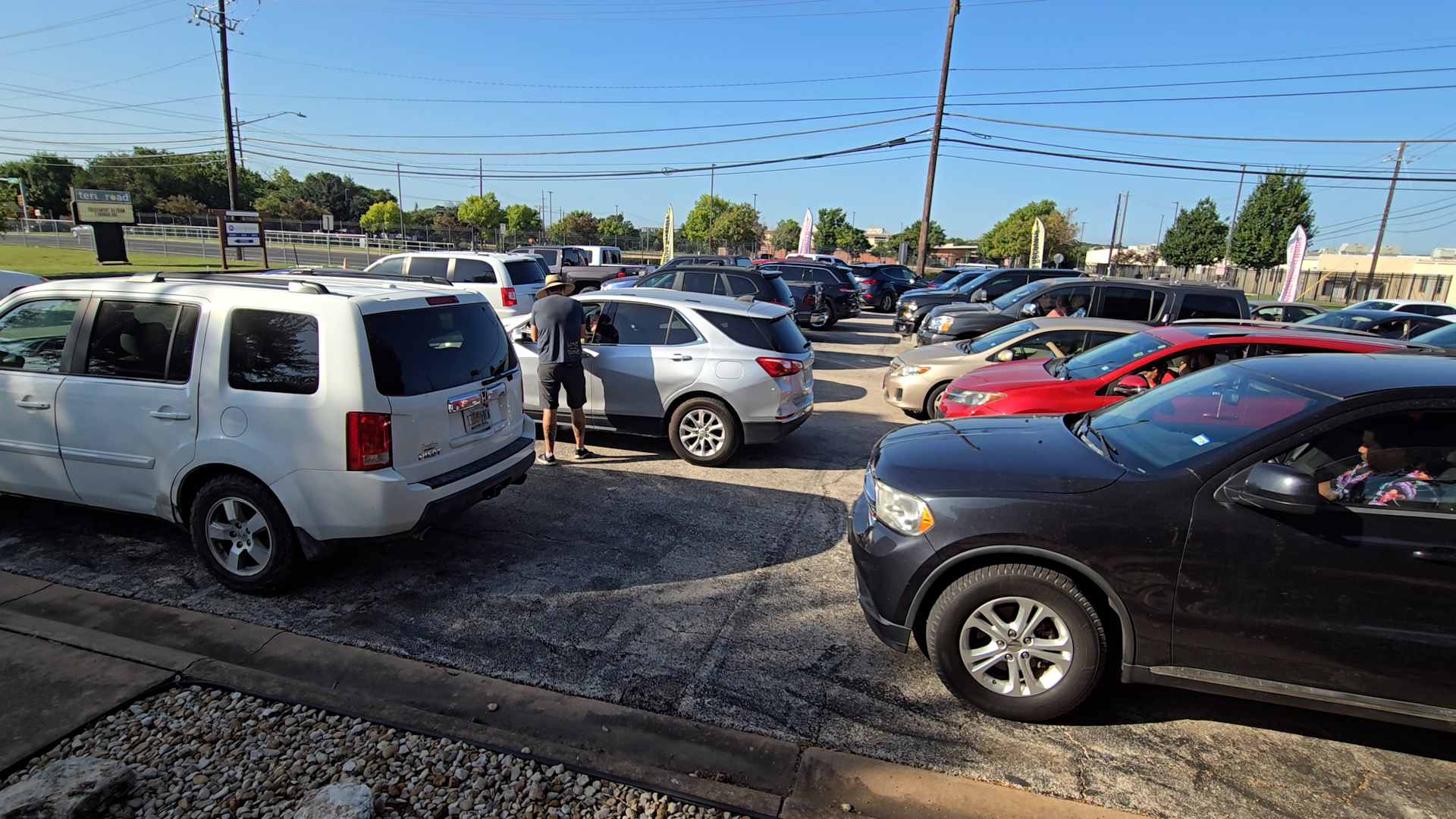
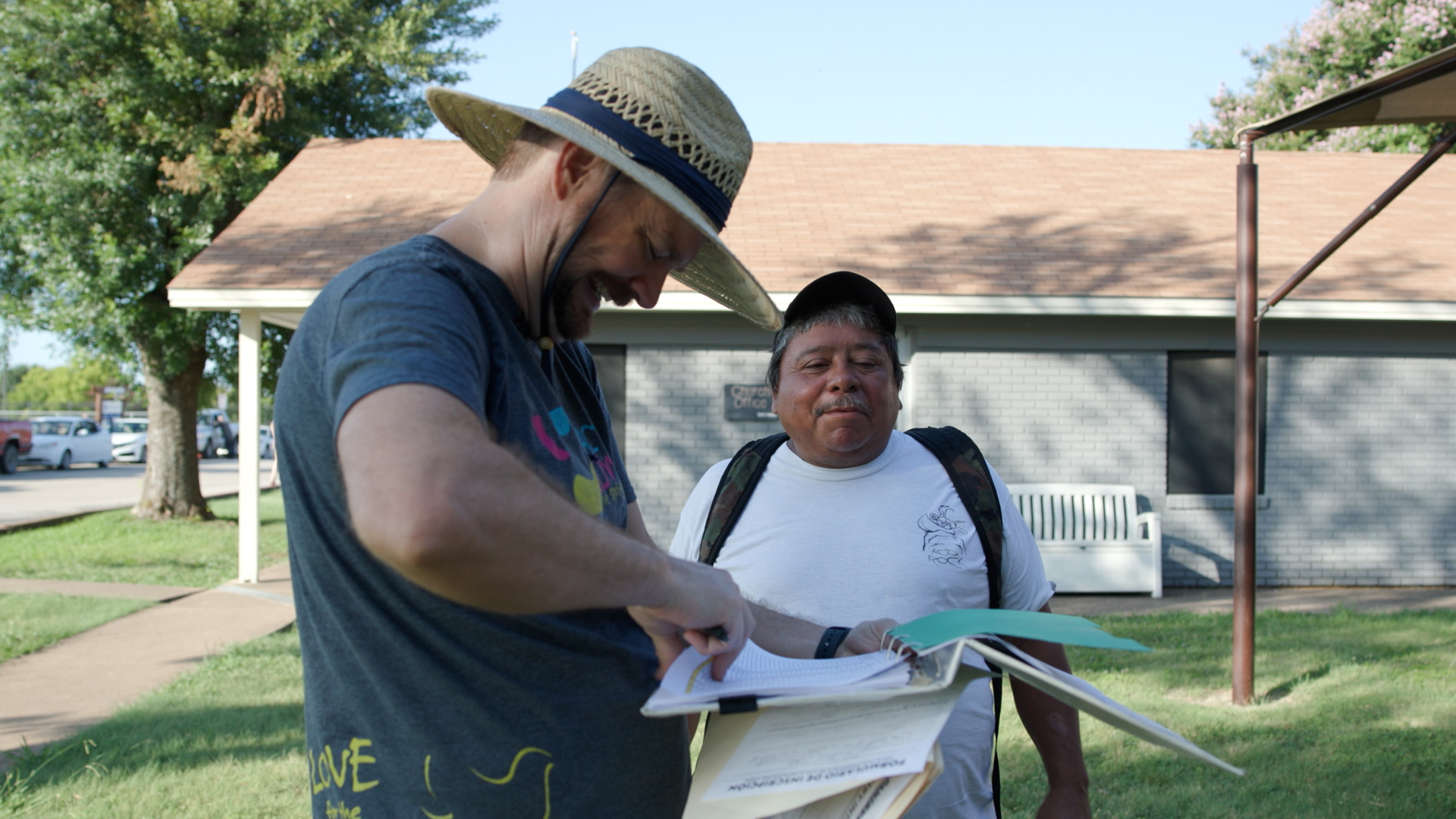





Contact Us
Email us at news@klru.org